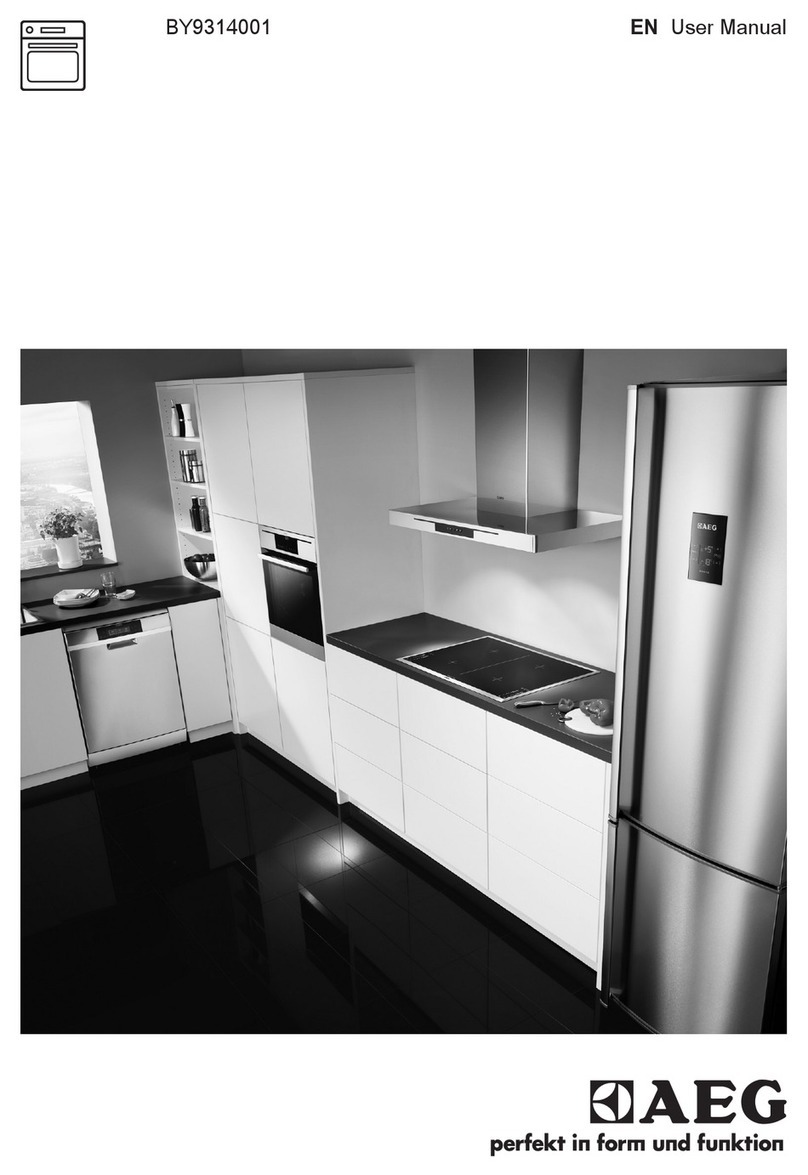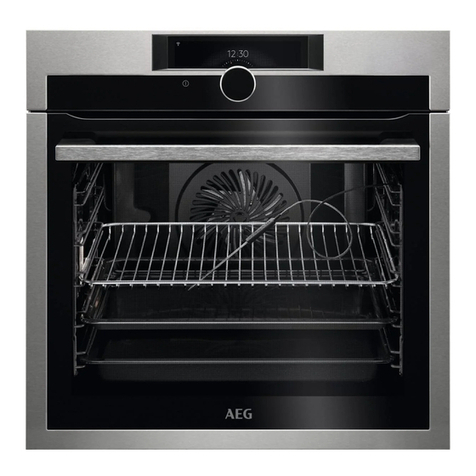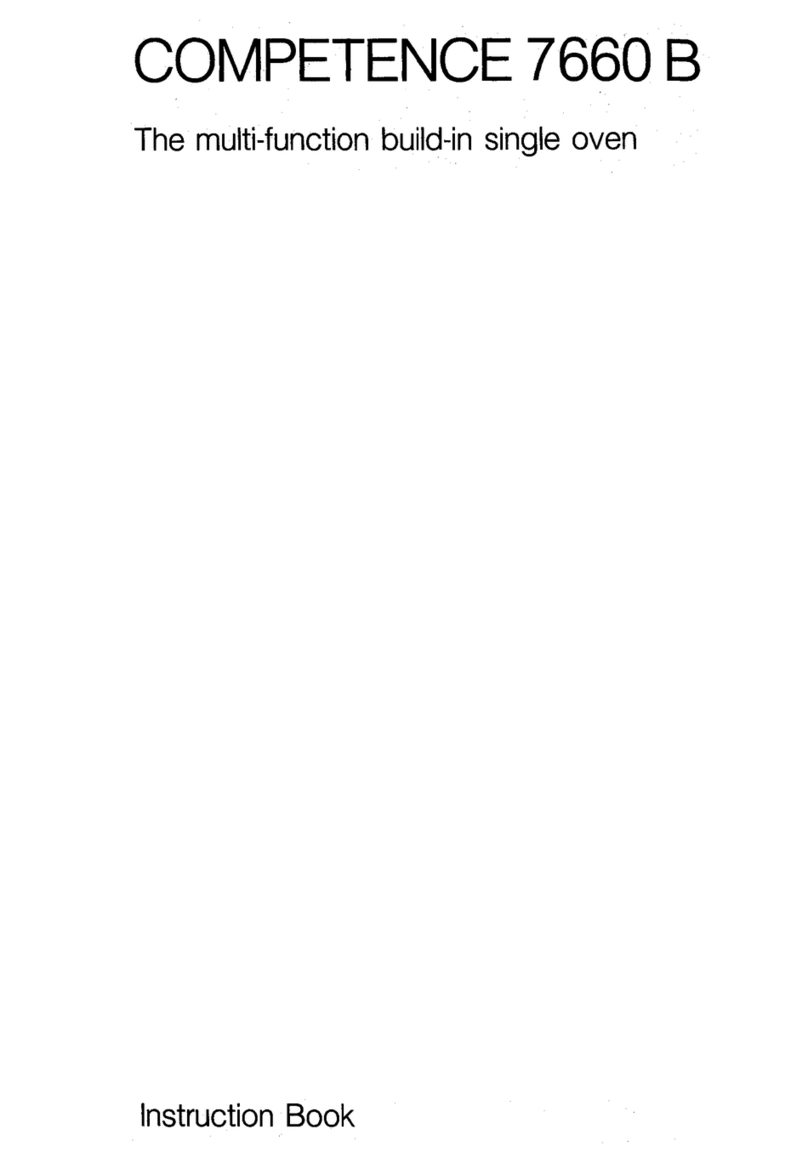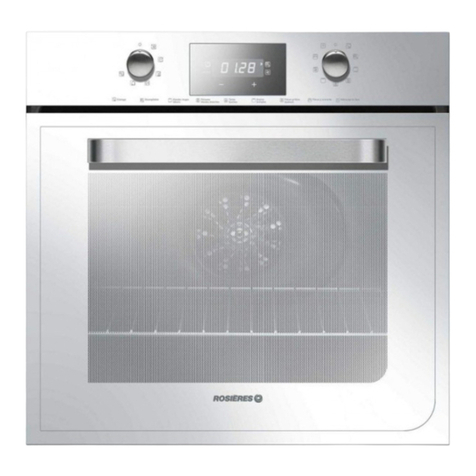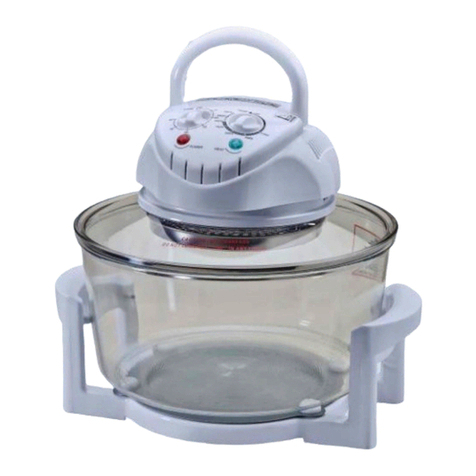AEG COMPETENCE 7658 B User manual
Other AEG Oven manuals
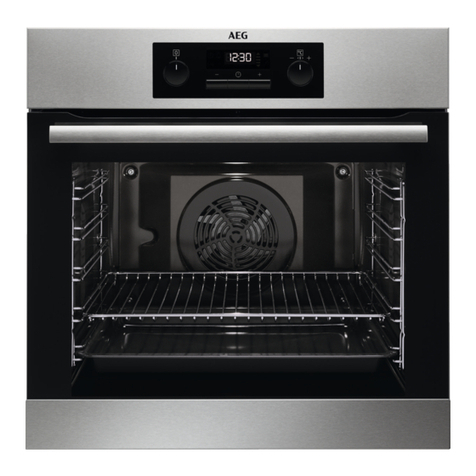
AEG
AEG BPB331021M User manual

AEG
AEG BPK546220M User manual
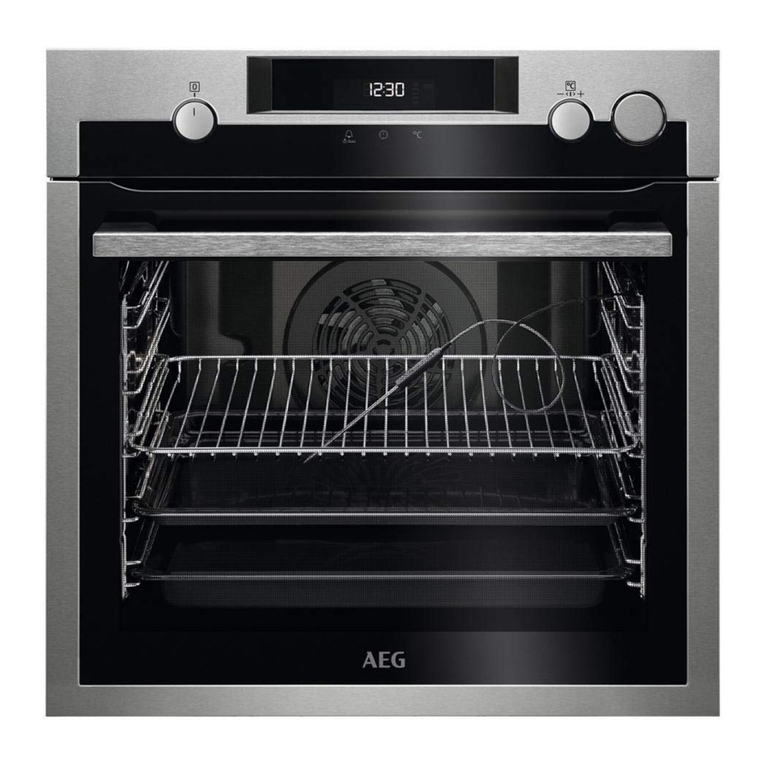
AEG
AEG BSE576321M User manual
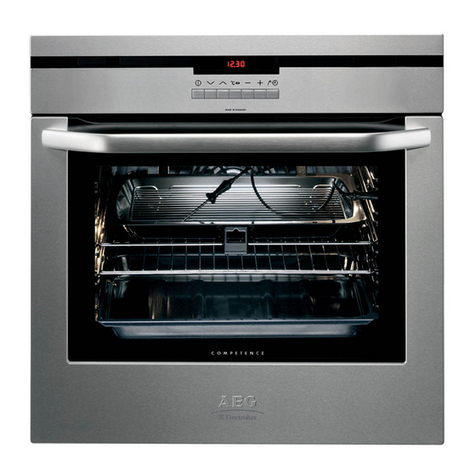
AEG
AEG COMPETENCE B8871-4 User manual
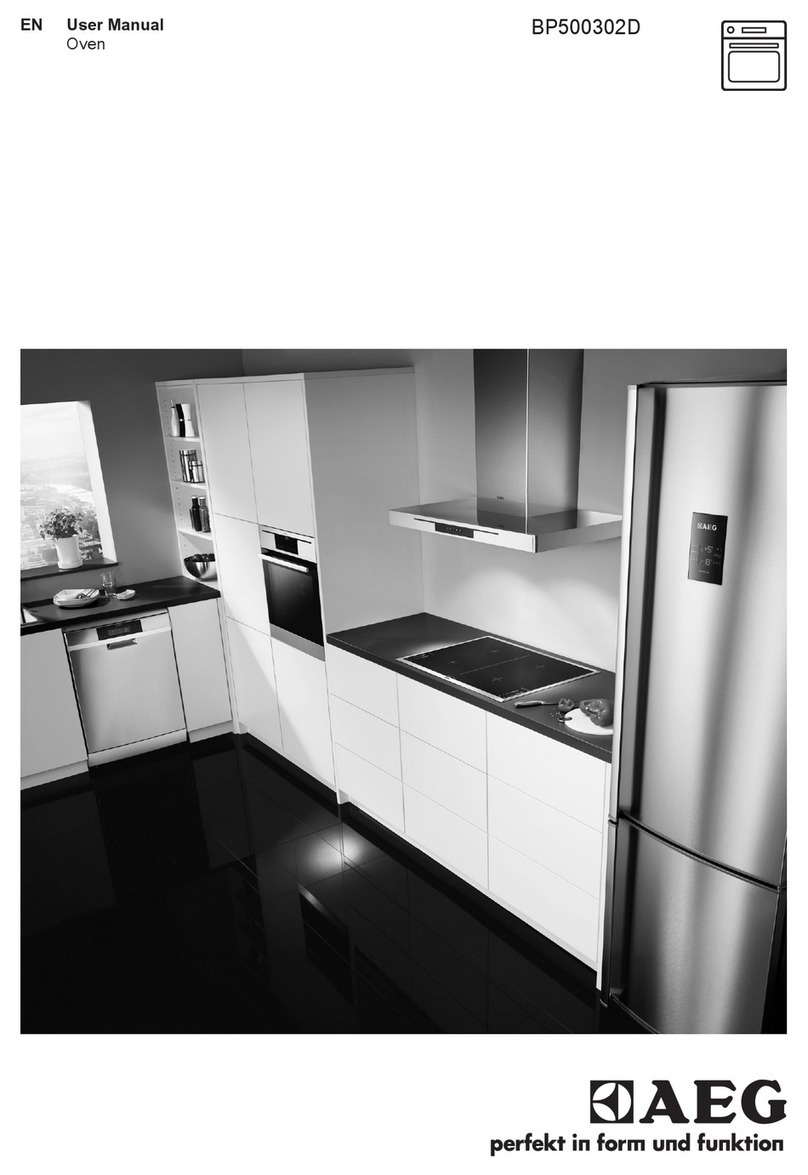
AEG
AEG BP500302D User manual

AEG
AEG BE5003001W User manual
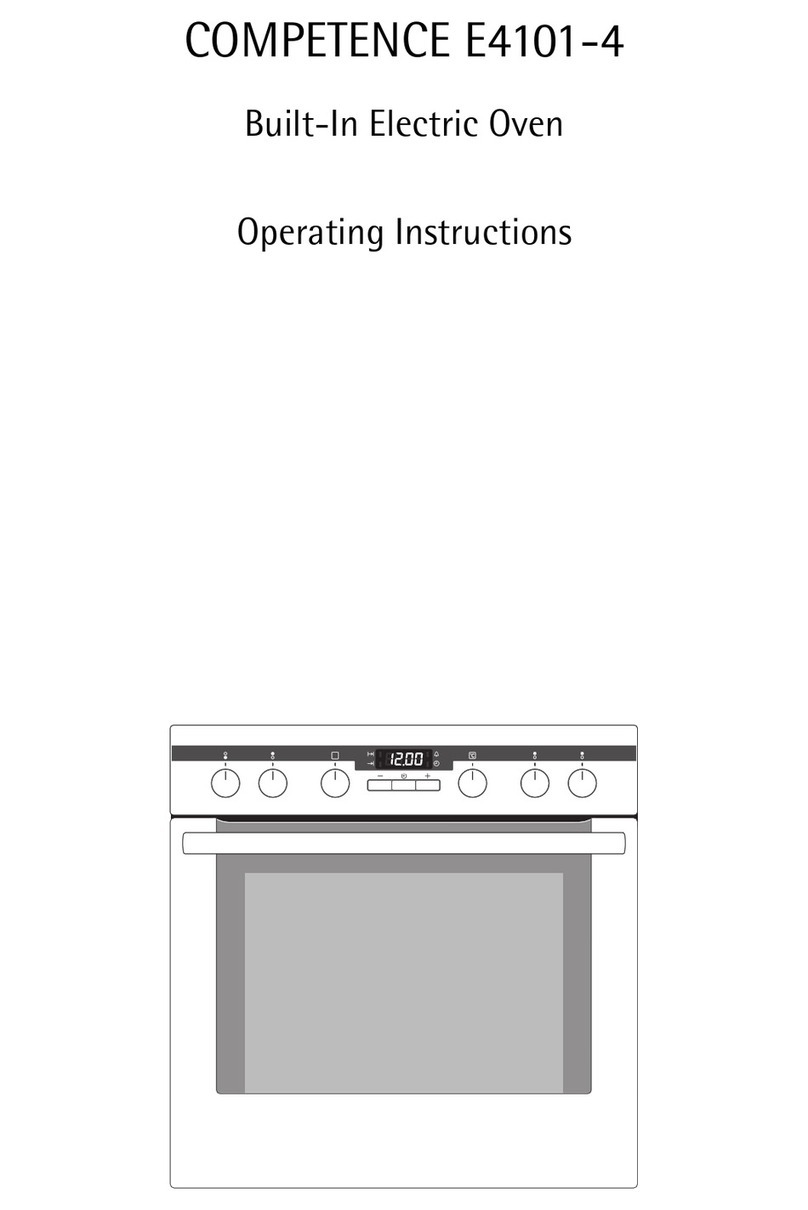
AEG
AEG COMPETENCE E4101-4 User manual

AEG
AEG BE7614000 User manual

AEG
AEG Competence 5201 B User manual
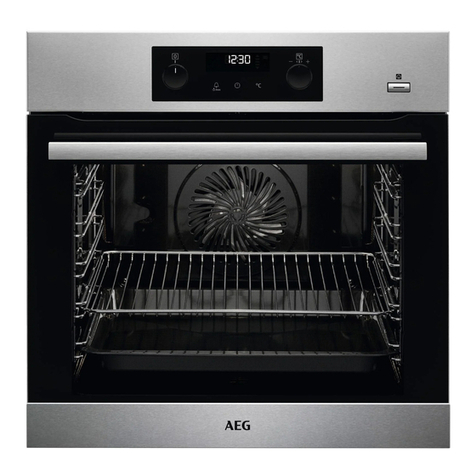
AEG
AEG BPS356020M User manual

AEG
AEG KS8404001 User manual
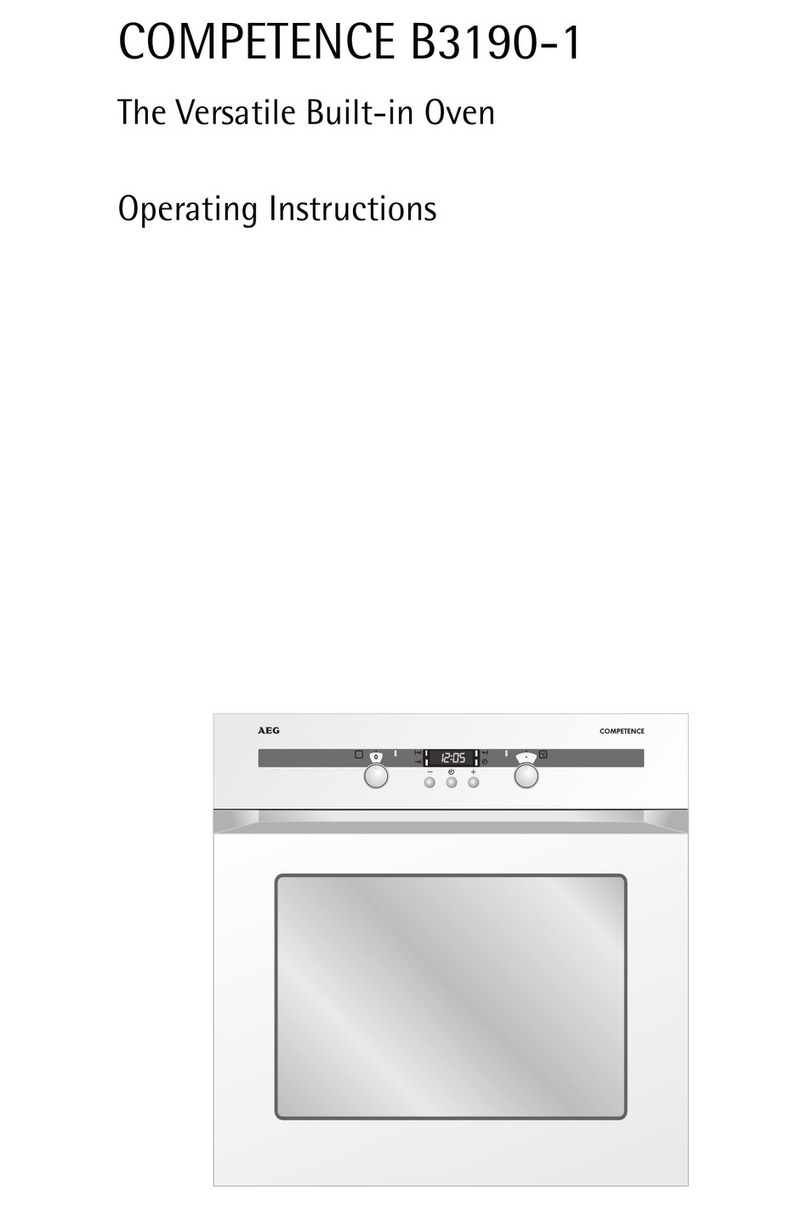
AEG
AEG COMPETENCE B3190-1 User manual

AEG
AEG DE4003020 User manual
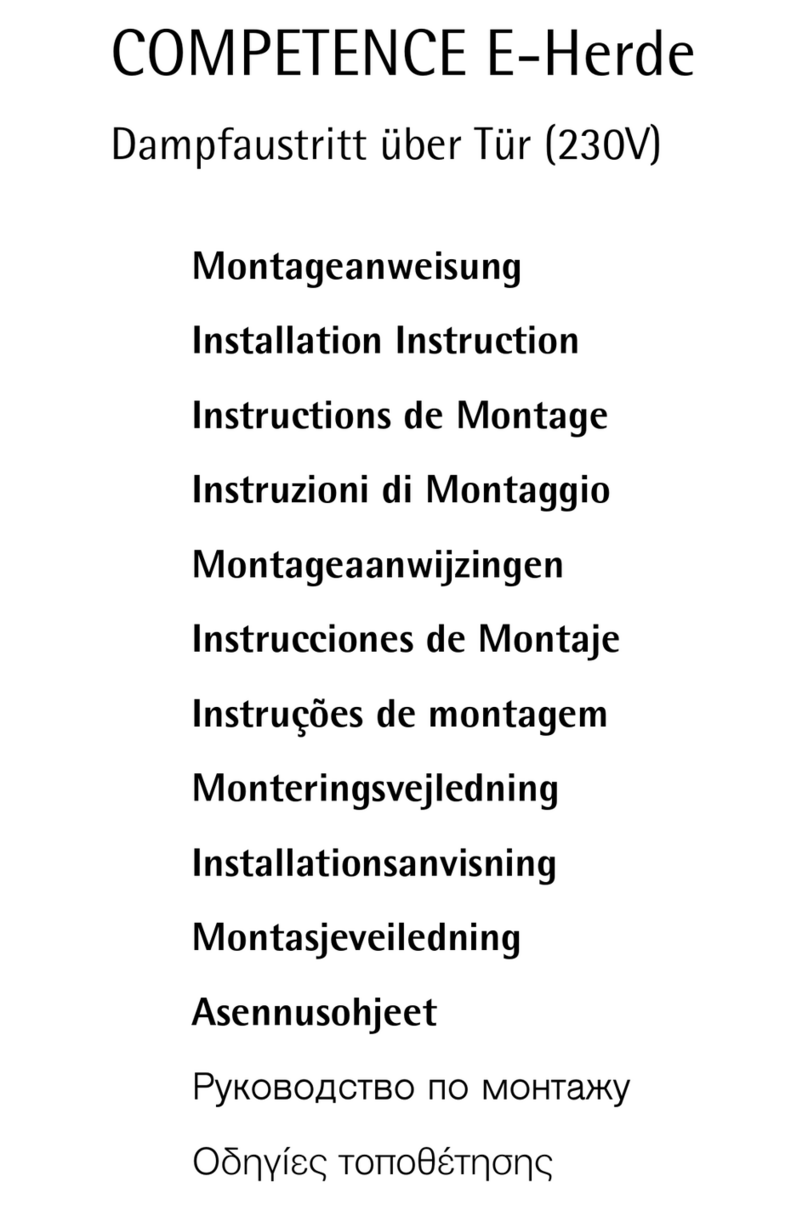
AEG
AEG COMPETENCE E series User manual
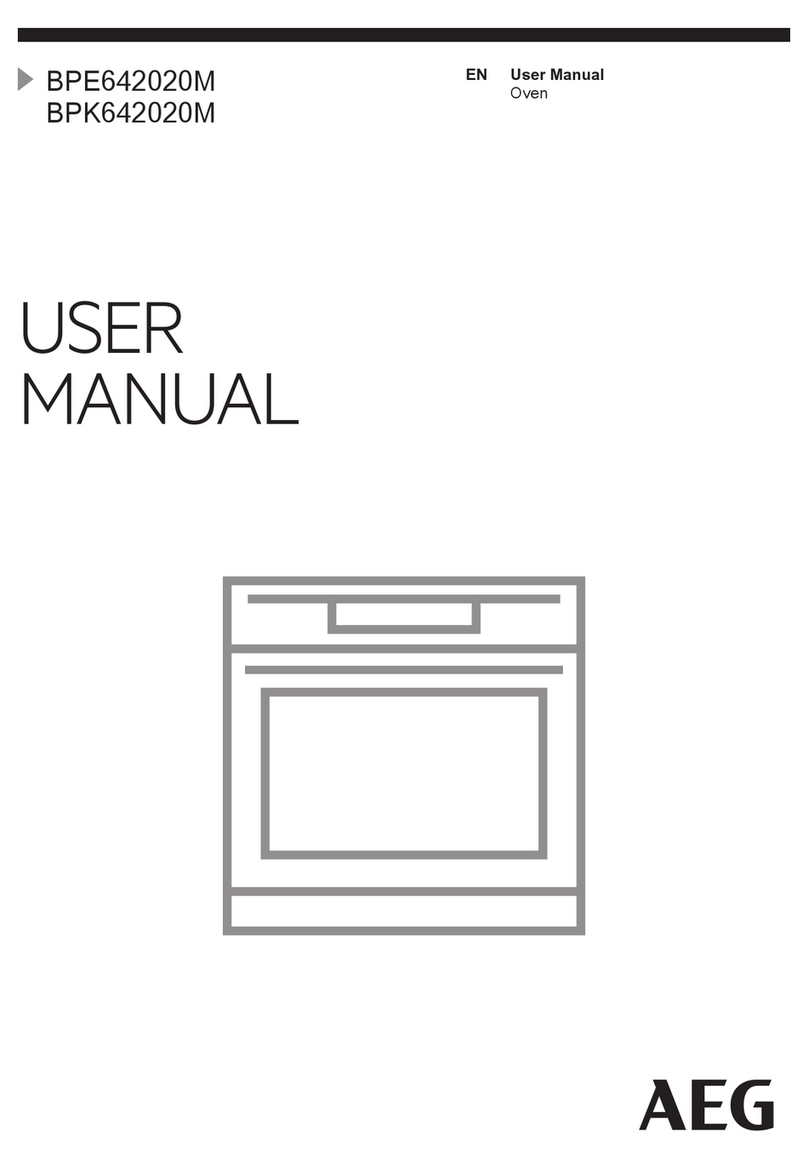
AEG
AEG BPE642020M User manual
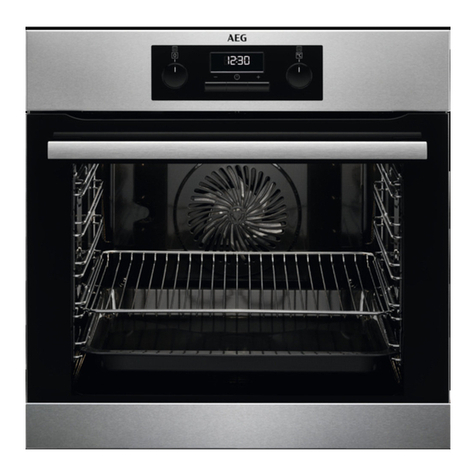
AEG
AEG SURROUNDCOOK BES331010M User manual
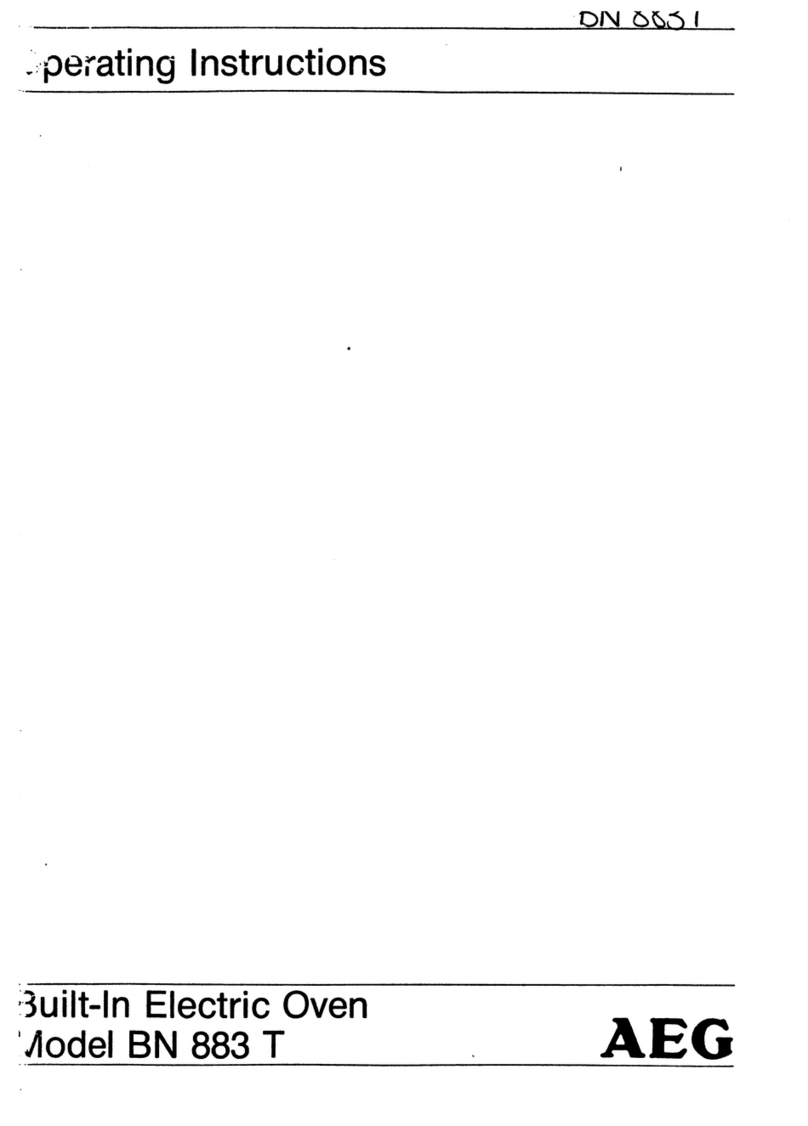
AEG
AEG BN 883 T User manual
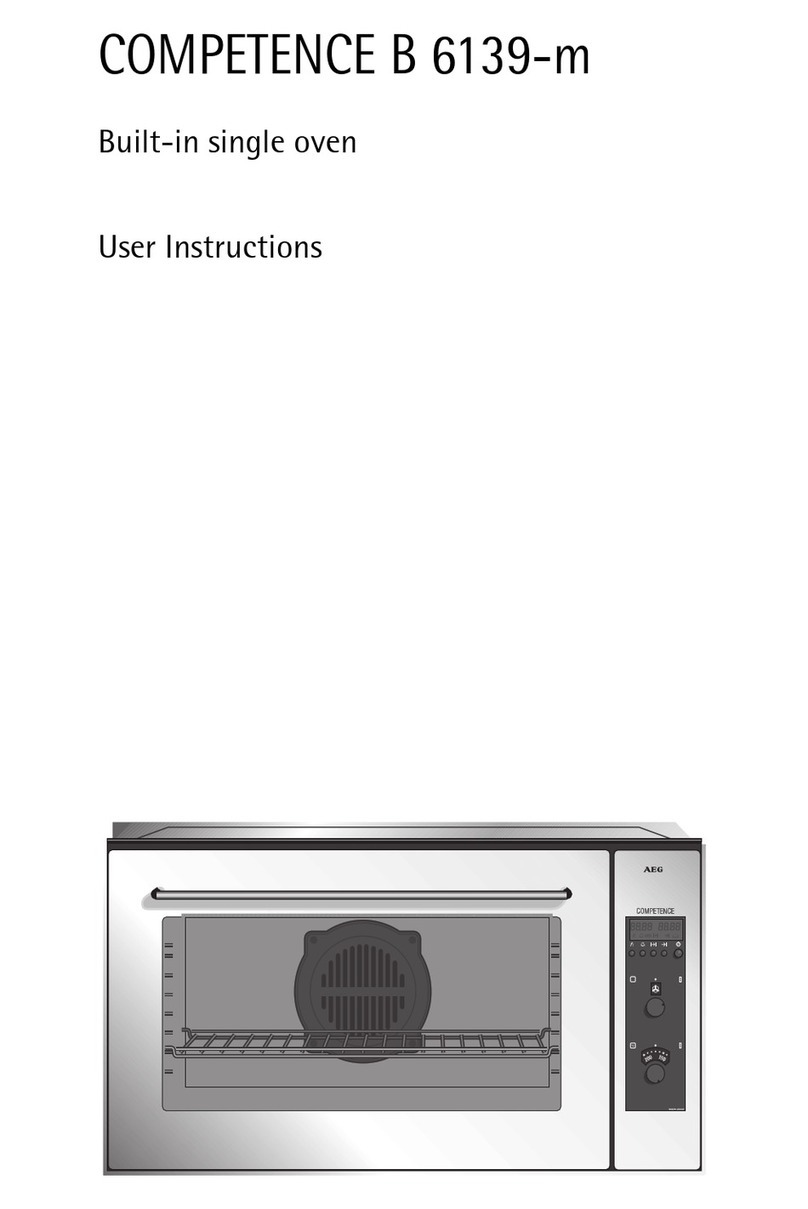
AEG
AEG COMPETENCE B 6139-m User manual
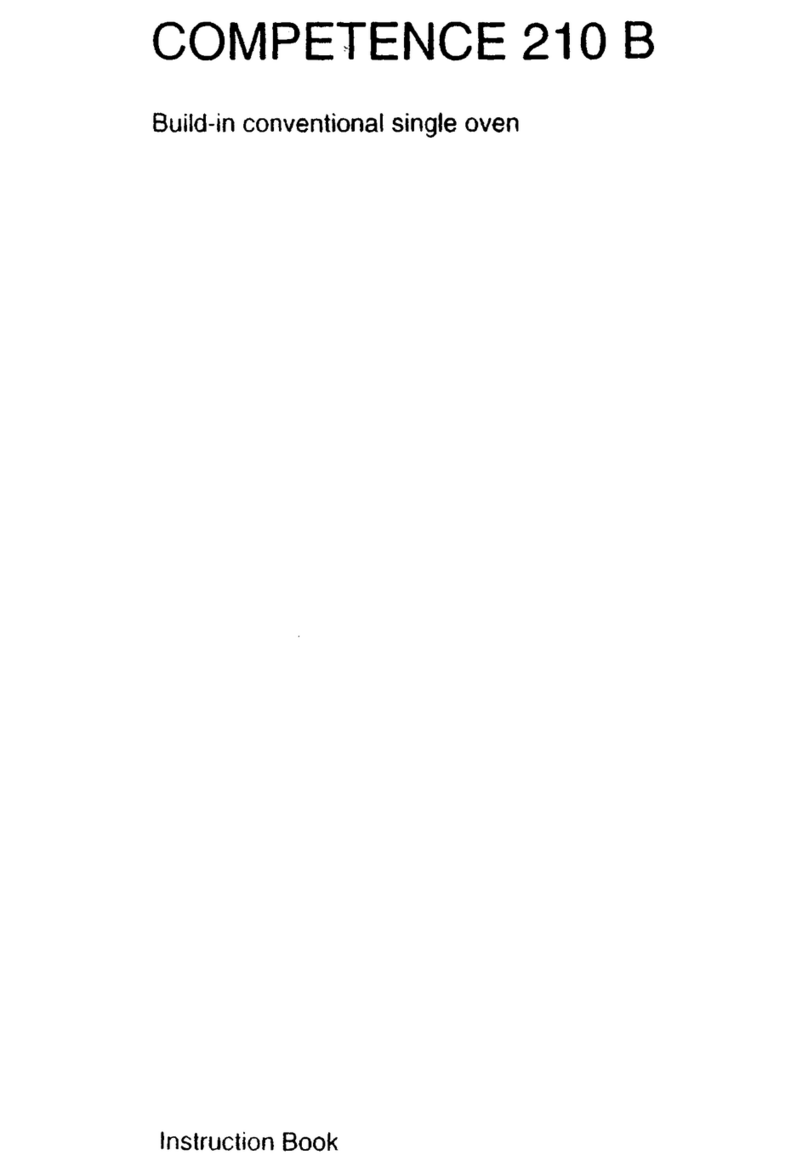
AEG
AEG COMPETENCE 210 B User manual
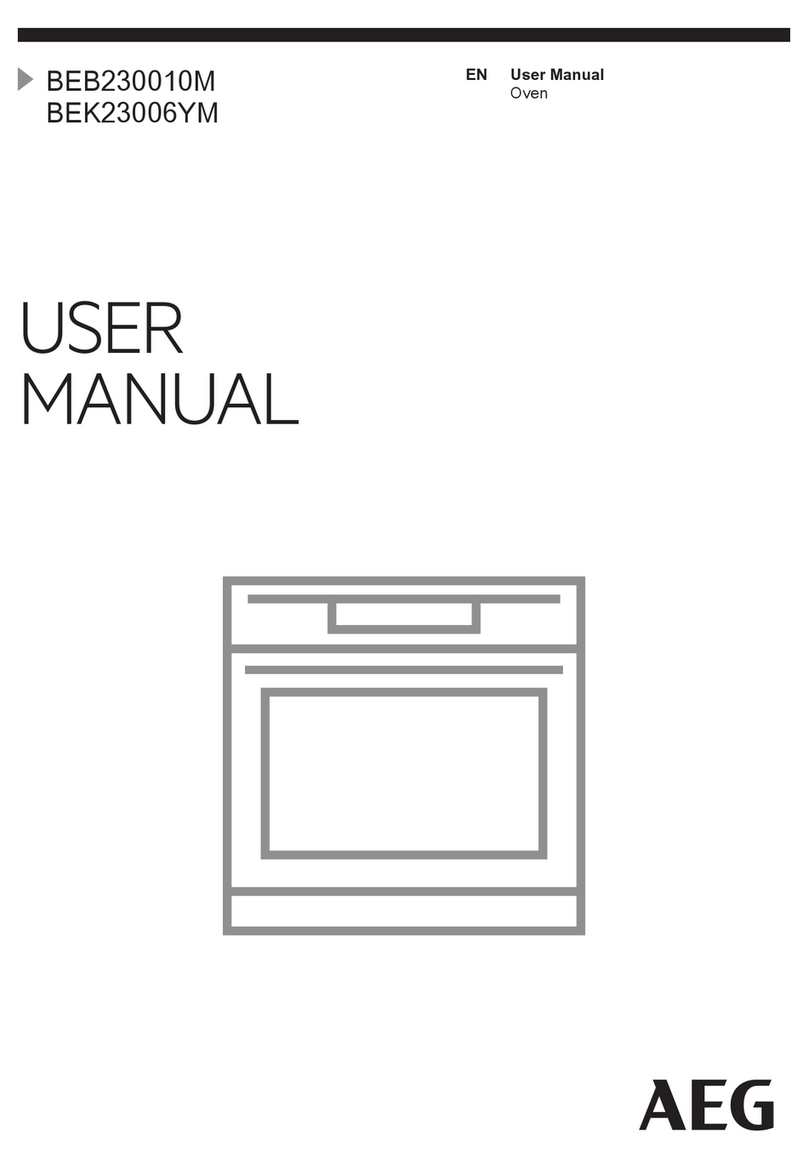
AEG
AEG BEK23006YM User manual
